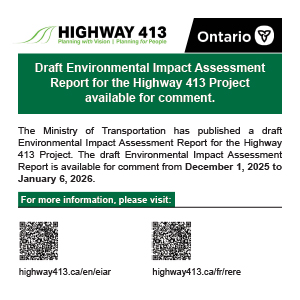By Shivangi Mishra, Postdoctoral Associate, Arctic Institute of North America, University of Calgary; and Srijak Bhatnagar, Assistant Professor, Faculty of Science and Technology, Athabasca University Over three-quarters of adults in Inuit Nunangat face food insecurity, a rate more than six times the Canadian national average. This statistic reflects not only limited access to market food but also the disruptions to Arctic ecosystems impacting traditional food availability. The primary food sources for many Indigenous Peoples in the region, including the Inuit, are arctic wildlife such as muskox and caribou. The connection Inuit have with the land, sea and animals is integral to bodily, mental and spiritual health. However, climate change is not only upending Arctic ecosystems but also threatening traditional Inuit food sources and the well-being of Inuit people. Climate change…


















